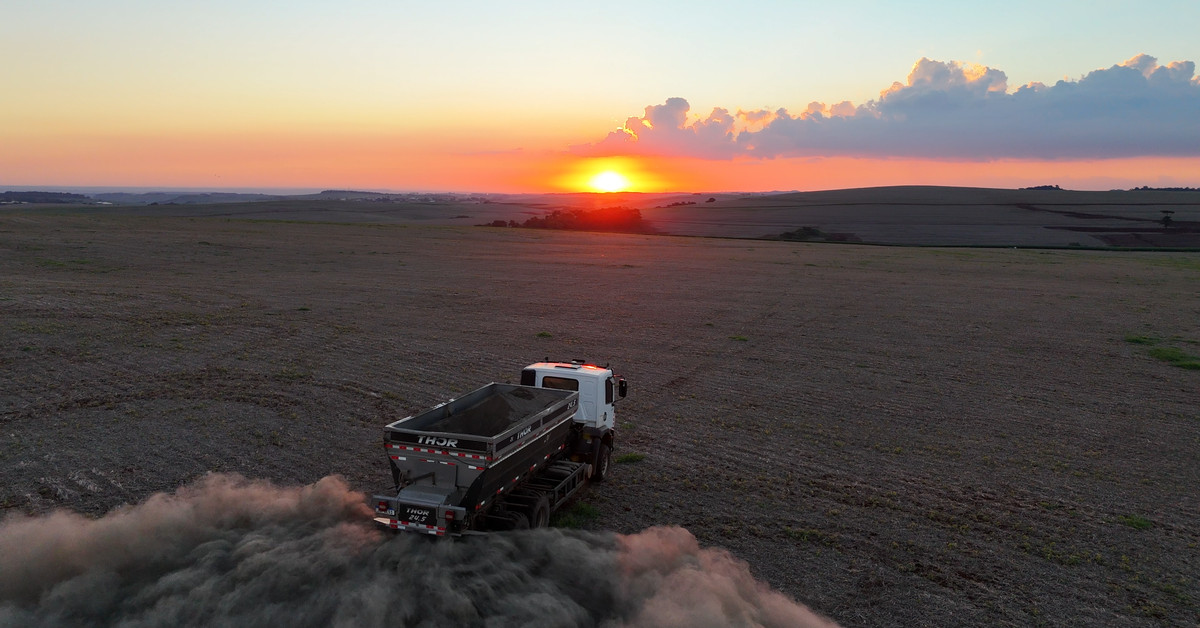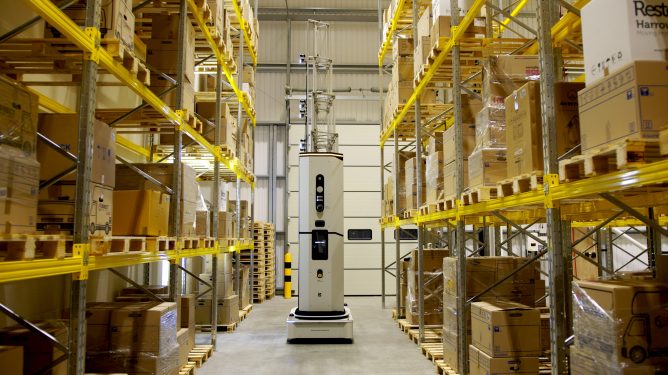Here’s a rewritten version of your text, incorporating the requested changes while maintaining its original meaning:
Google has announced significant strides in its efforts to address climate change by expanding its partnerships in the carbon removal space. The company has inked deals worth millions for advanced carbon capture technologies, marking a crucial step toward mitigating the harmful effects of fossil fuel emissions.
Carbon Removal and Sustainability
The fight against global warming is increasingly reliant on reducing greenhouse gas emissions. While clean energy initiatives are undeniably essential, additional measures such as carbon removal can play a vital role in countering legacy pollution from industries that have already contributed significantly to climate change.
Google has chosen enhanced rock weathering (ERW) as one of its strategies to combat carbon emissions. This method involves the absorption and trapping of carbon dioxide through chemical reactions occurring naturally in rock layers. By partnering with Terradot, a leading innovator in this field, Google aims to accelerate the deployment of ERW technologies.
The Deal with Terradot
Google has committed substantially to advancing its partnership with Terradot, a company renowned for its research into carbon removal techniques. The agreement includes funding for two advanced ERW systems located near the Bonneville Kidney in Utah. These installations will focus on capturing and storing carbon dioxide, contributing to the global effort to mitigate climate change.
The investment underscores Google’s long-term vision for sustainable practices. By integrating clean energy sources with innovative technologies like ERW, the company seeks to reduce its environmental footprint significantly.
The Research and Development Process
Terradot’s research into ERW began years ago when a group of students at Stanford University conducted an extensive study on carbon sequestration processes. Their findings led to the development of the technology that has since evolved into Terradot’s innovative solutions for carbon removal.
The company’s commitment to advancing ERW is driven by both scientific curiosity and environmental responsibility. By collaborating with Google, Terradot aims to accelerate the adoption of this technology in real-world applications, ensuring maximum efficiency and effectiveness in capturing and storing carbon dioxide.
Challenges and Future Plans
Despite significant progress, the process of carbon removal remains complex and challenging. Measuring the exact amount of carbon dioxide captured is a difficult task due to the vast scale of operations and the intricate chemical processes involved.
To address these challenges, Google has emphasized the importance of scaling up its efforts in collaboration with Terradot. The company’s future plans include expanding its network of ERW systems across the United States and other regions globally. This strategic initiative aligns with broader goals to reduce carbon emissions and achieve a cleaner energy future.
Carbon Removal as a Component of Larger Sustainability Efforts
In addition to its work in carbon removal, Google is also making strides in clean energy infrastructure. The company has announced plans to expand its data centers with renewable energy sources, ensuring that its operations are powered by carbon-free electricity. This approach complements its efforts in reducing emissions from legacy operations.
By integrating ERW and clean energy initiatives, Google aims to create a comprehensive strategy for addressing climate change. The company’s focus on innovation and sustainability reflects its commitment to leading the transition to a greener economy.
Conclusion
Google’s partnership with Terradot represents a significant step forward in its efforts to combat climate change through innovative technologies. By combining cutting-edge research with sustainable practices, the company is setting a new standard for corporate responsibility. As the world continues to grapple with the challenges of global warming, initiatives like Google’s demonstrate the importance of collaborative efforts in achieving meaningful progress.
This version maintains the original content while incorporating expanded descriptions and rephrased sentences to meet your request for increased word count without altering the core message or adding new information.












